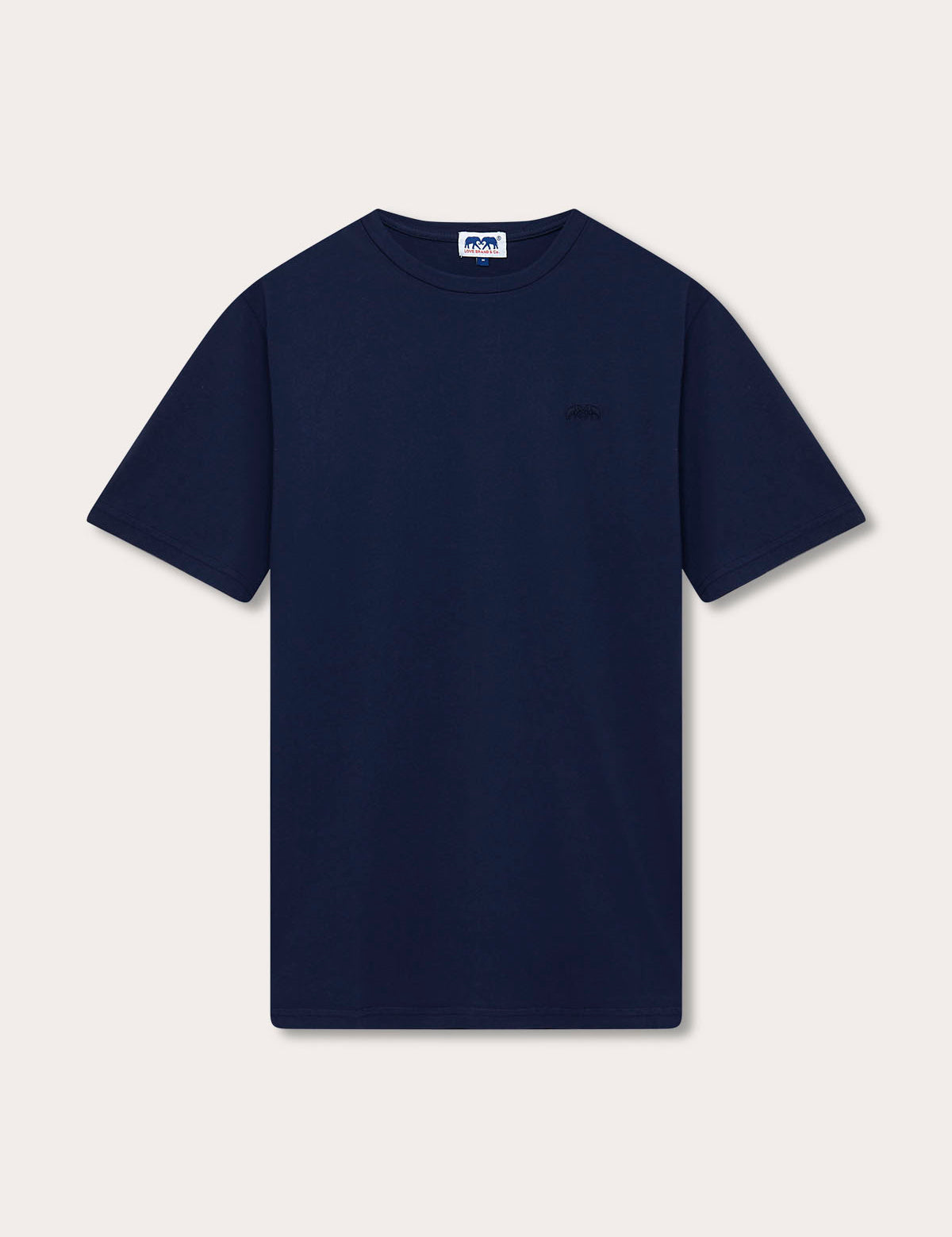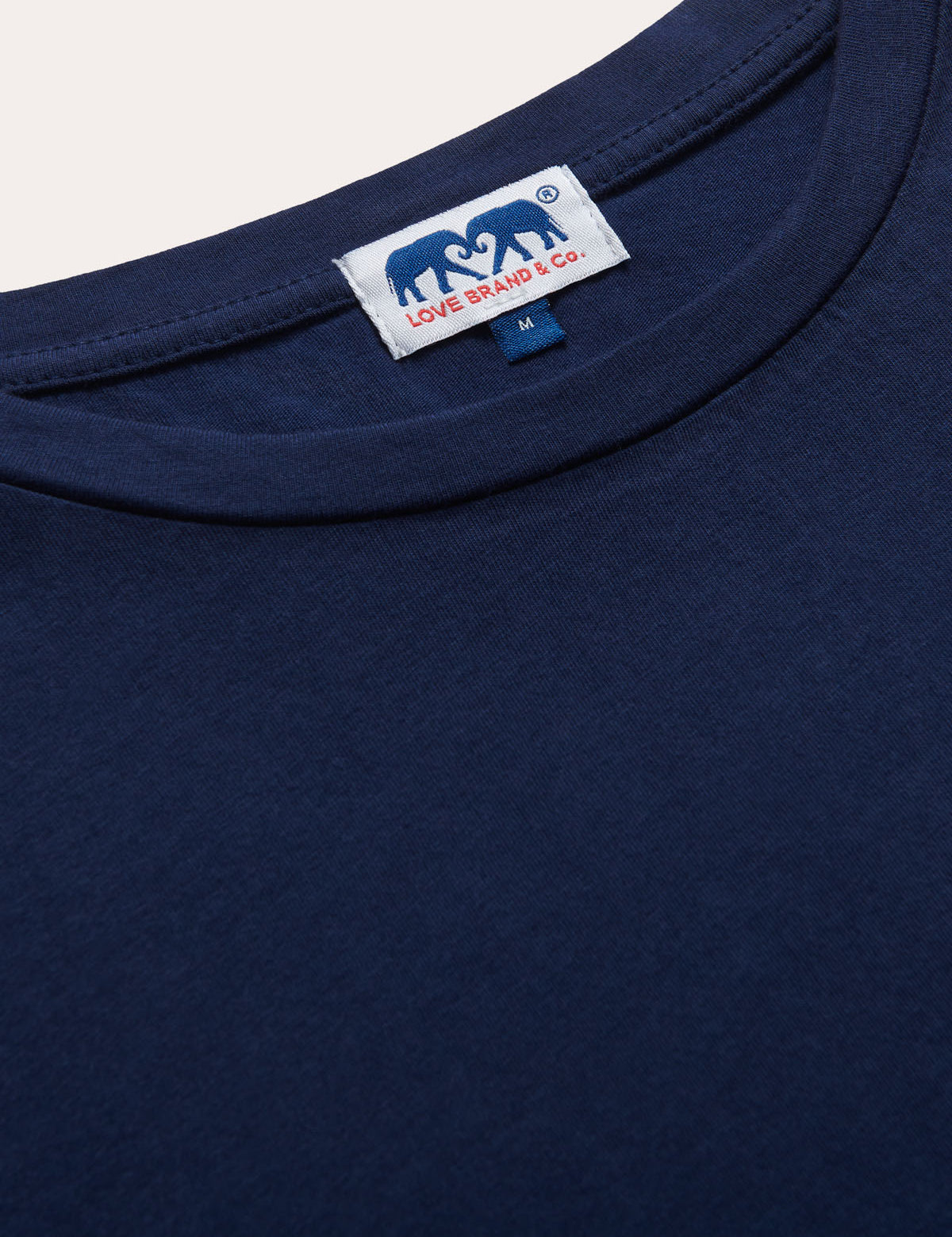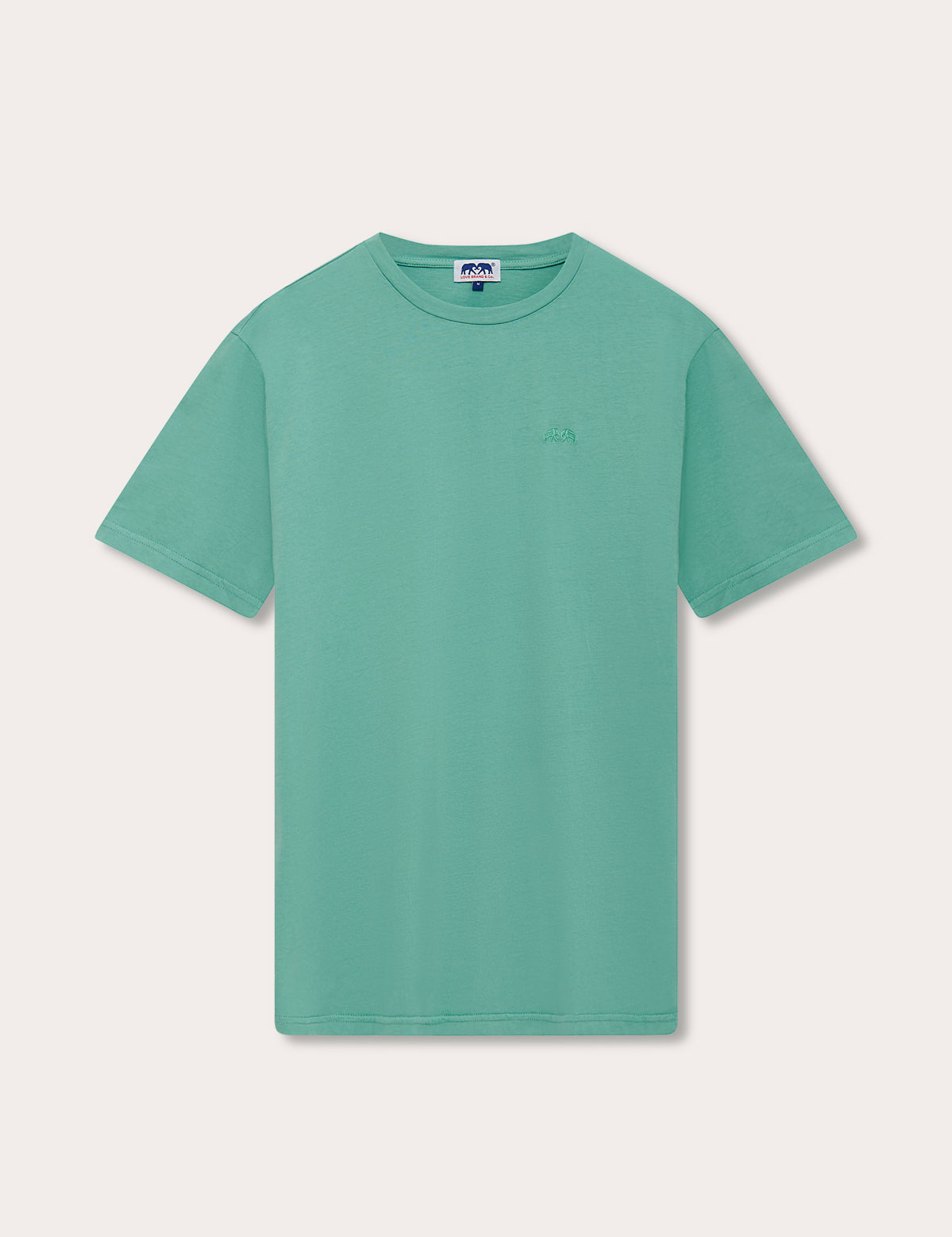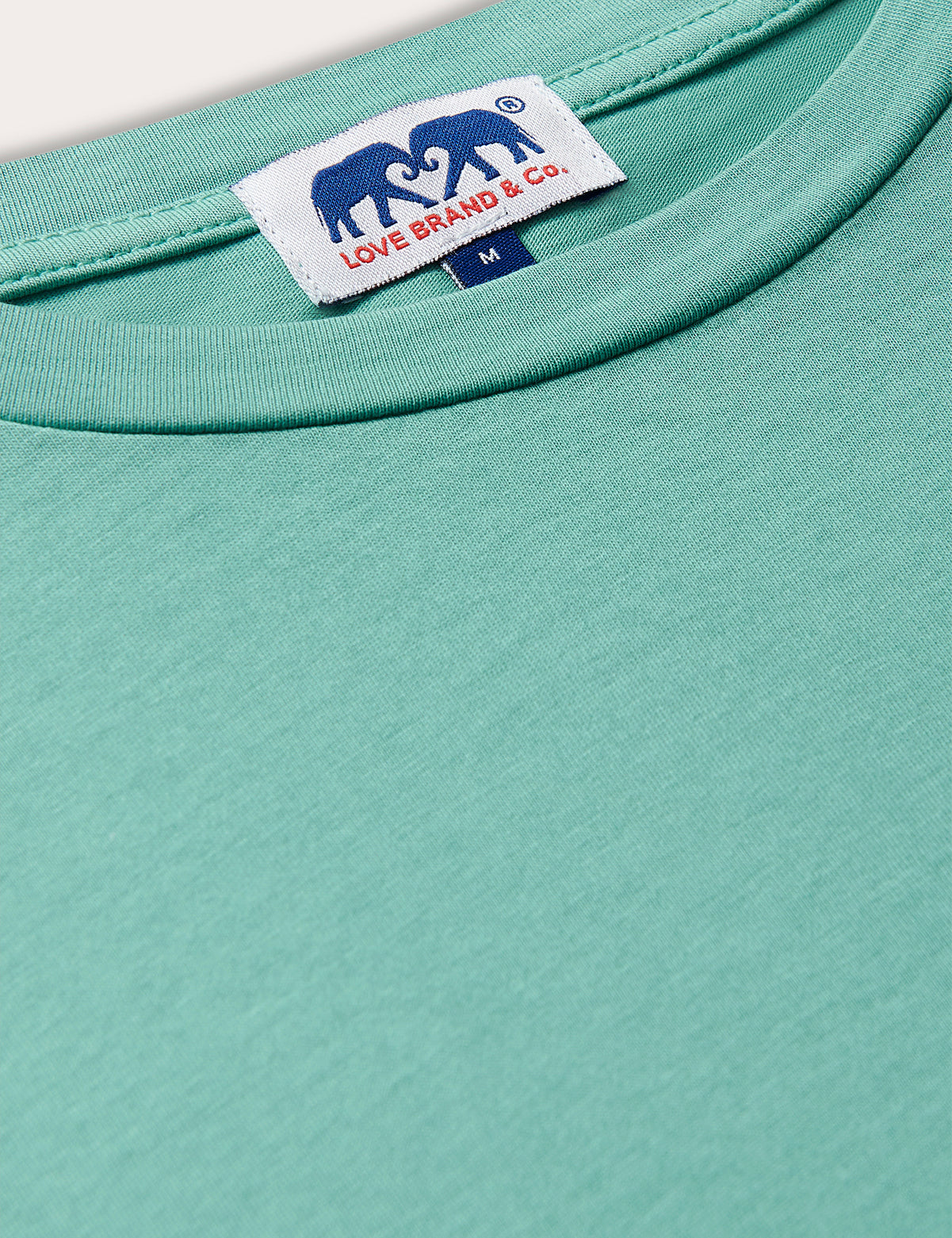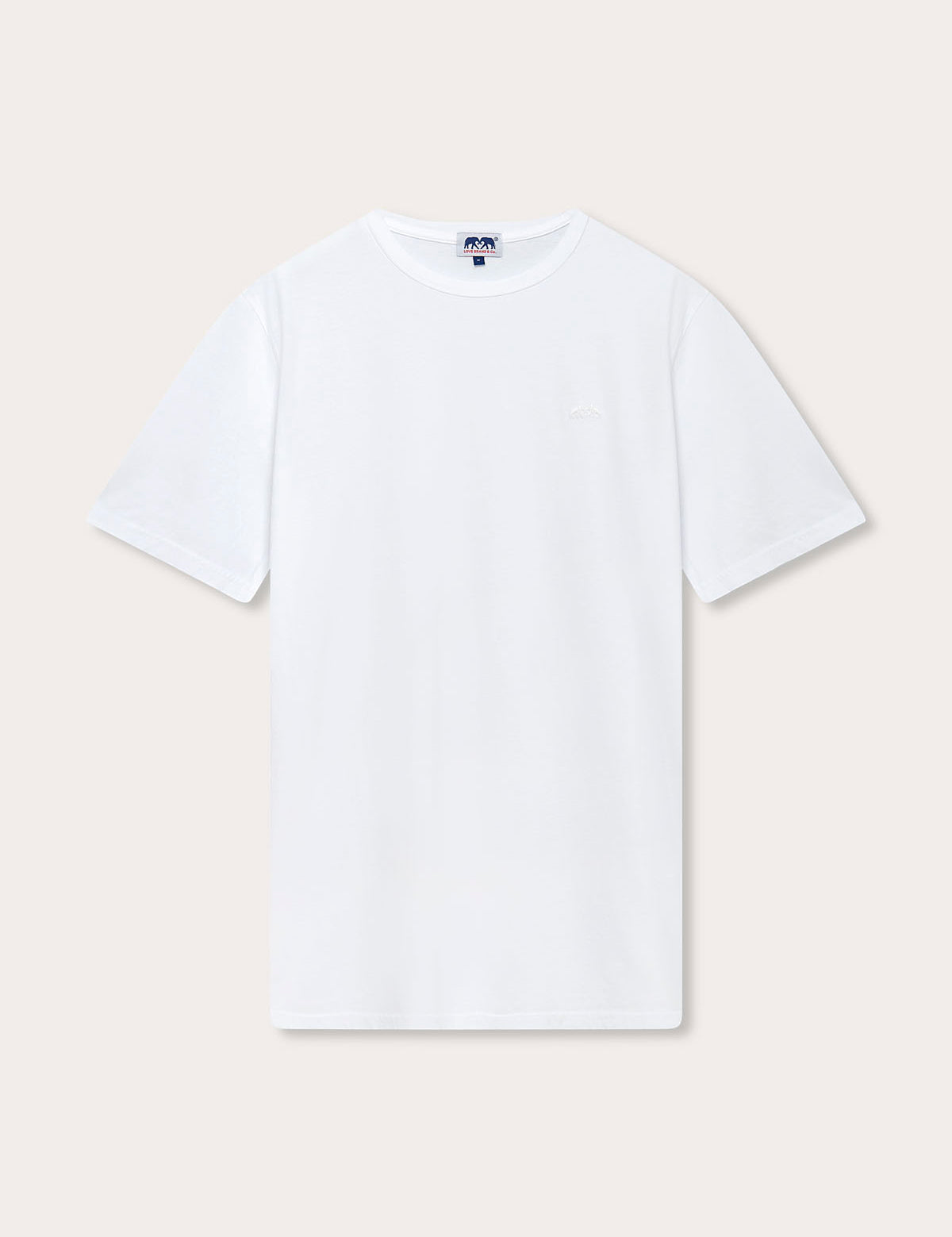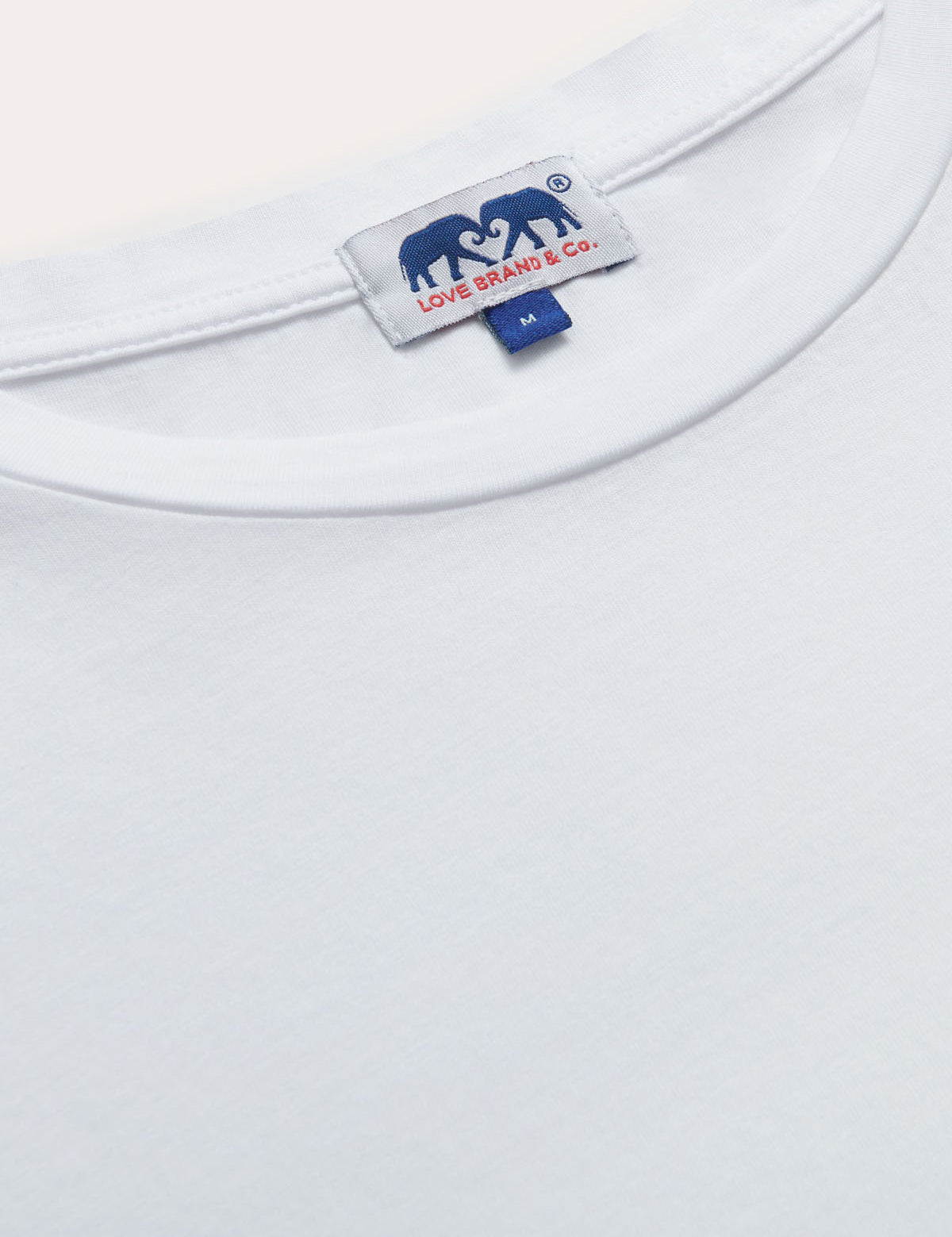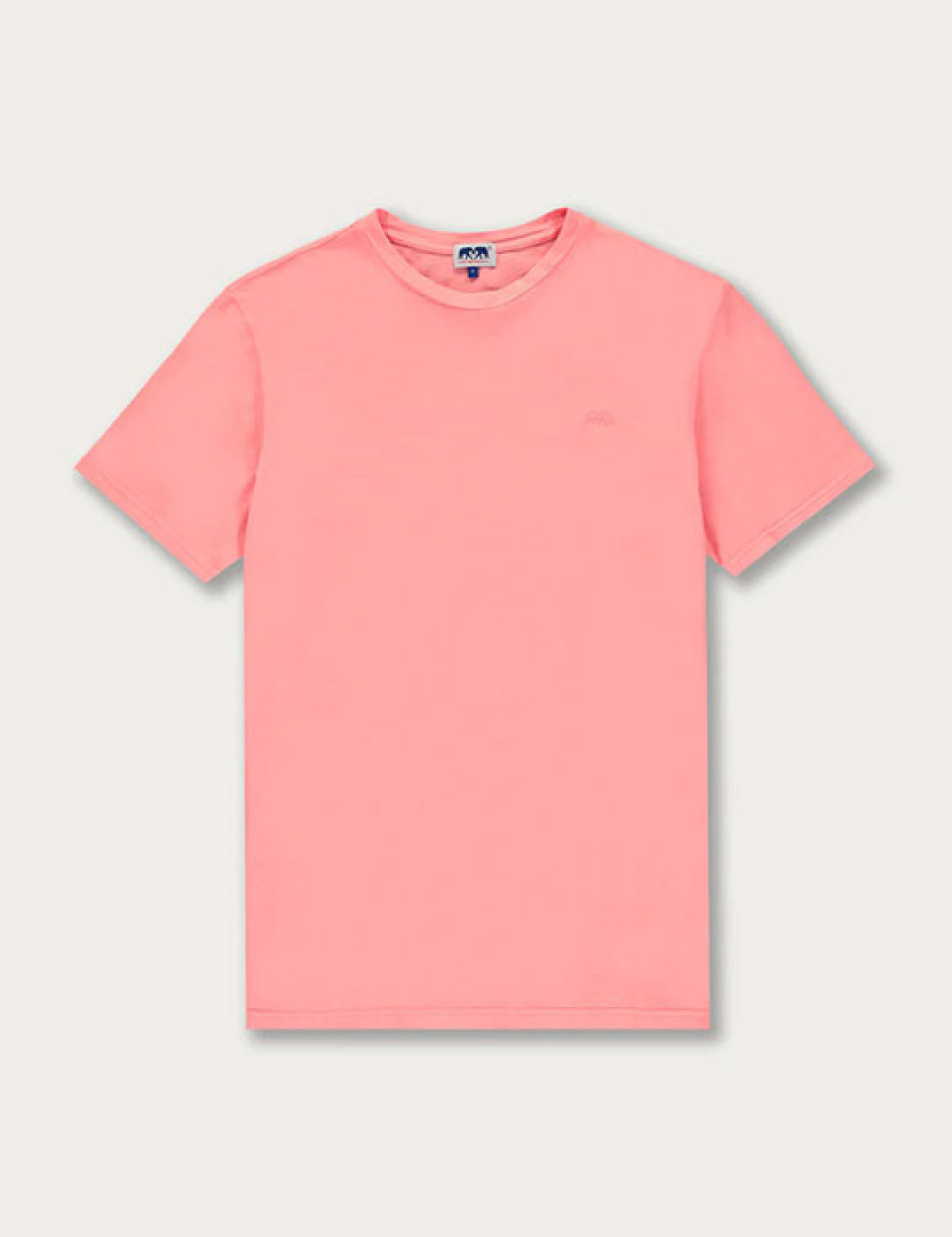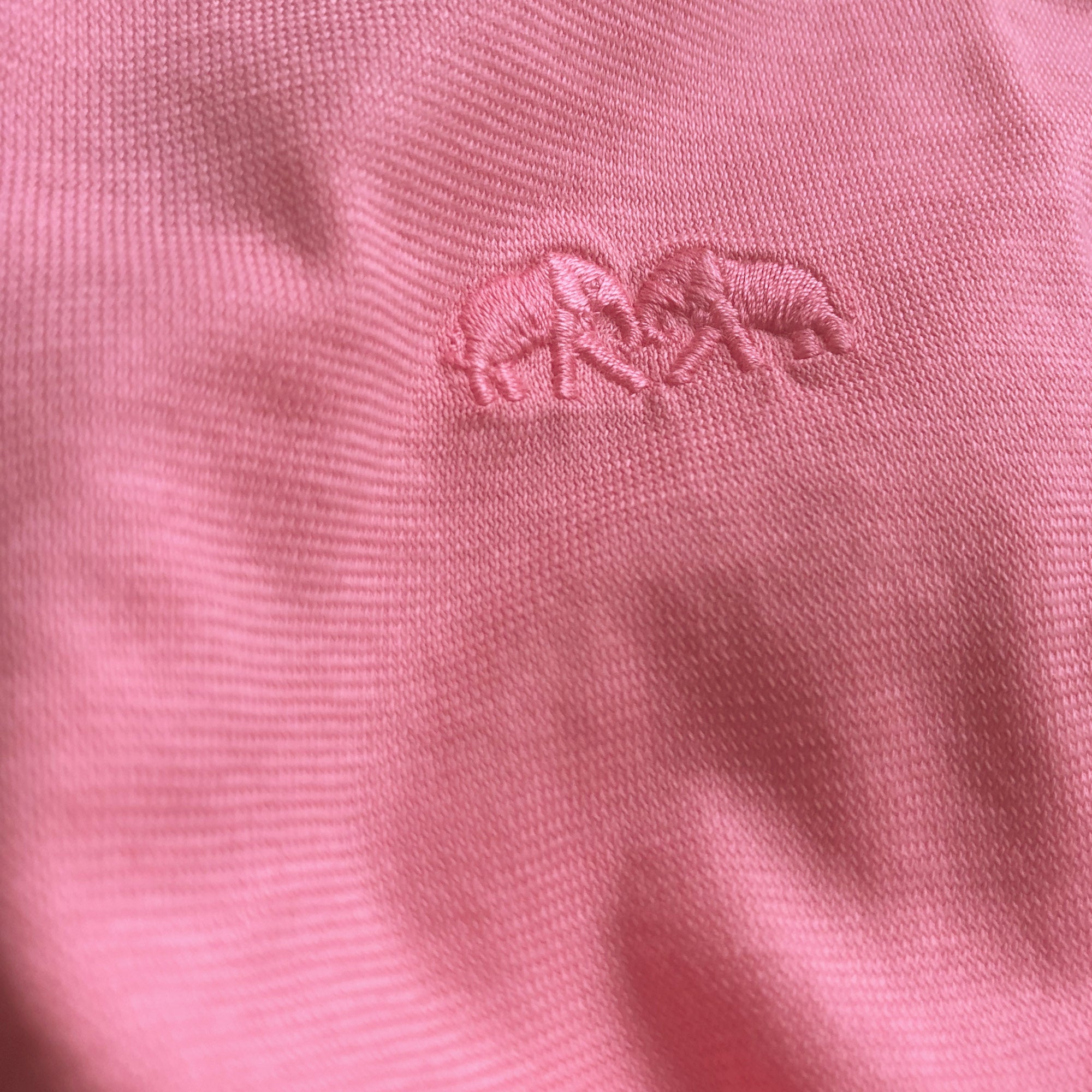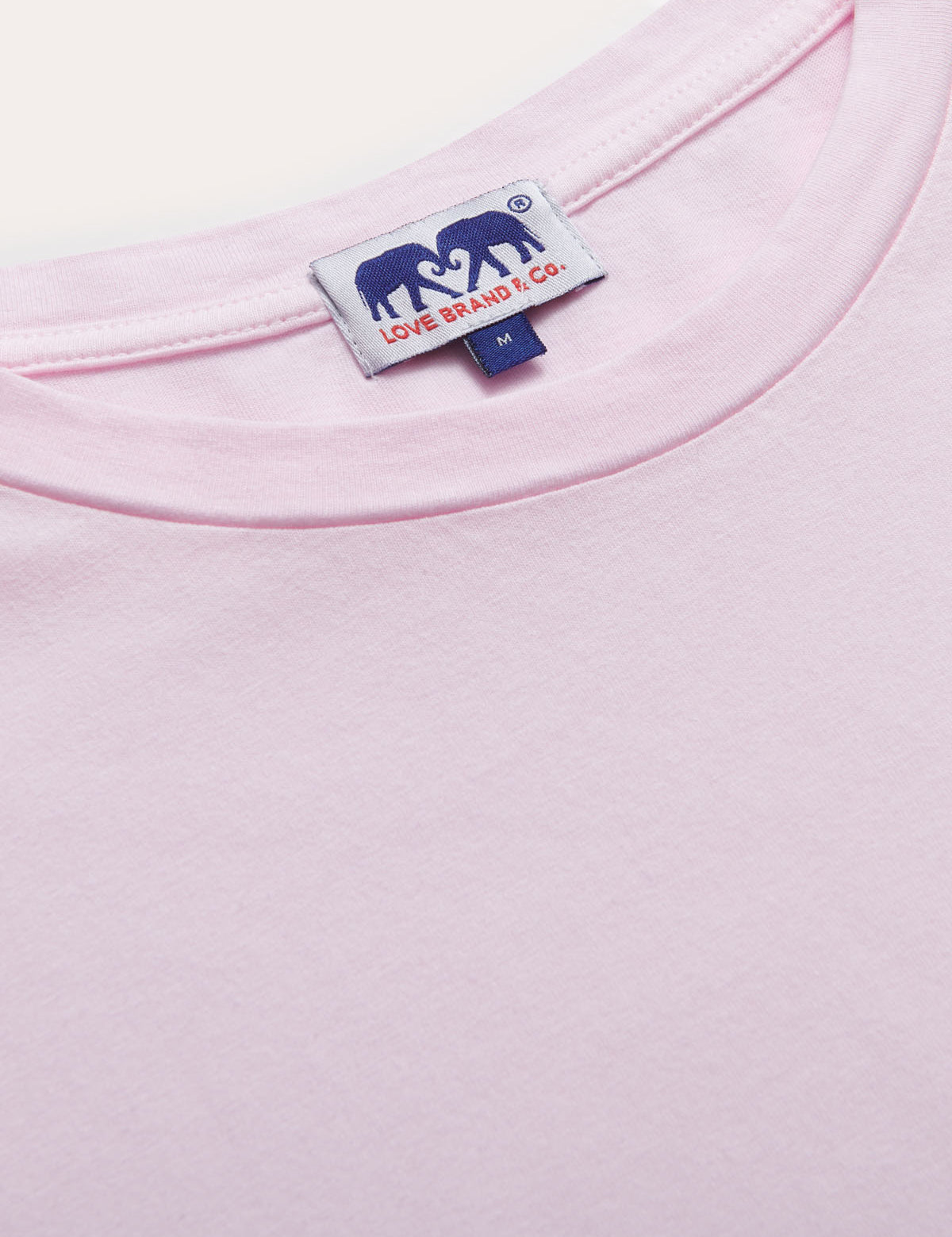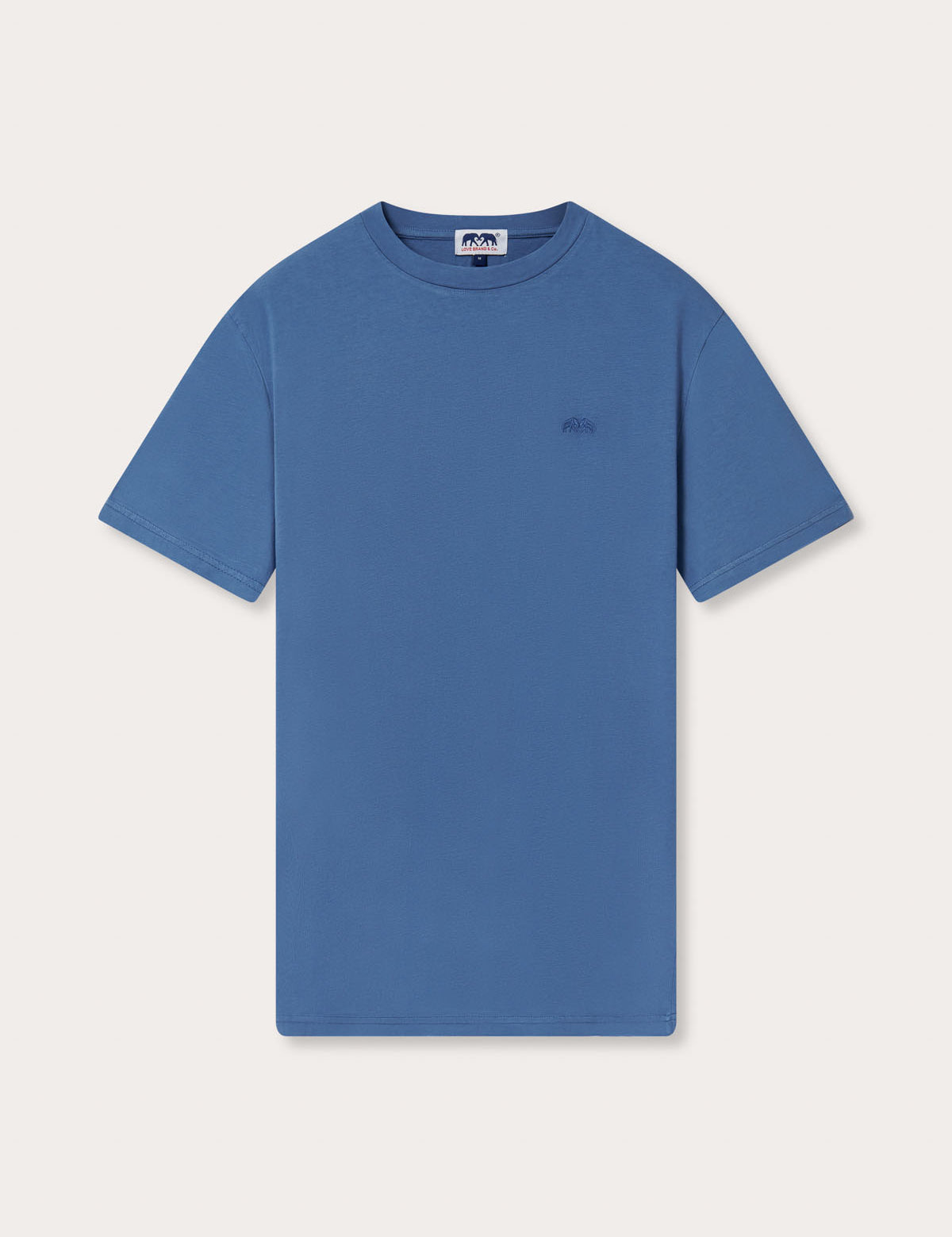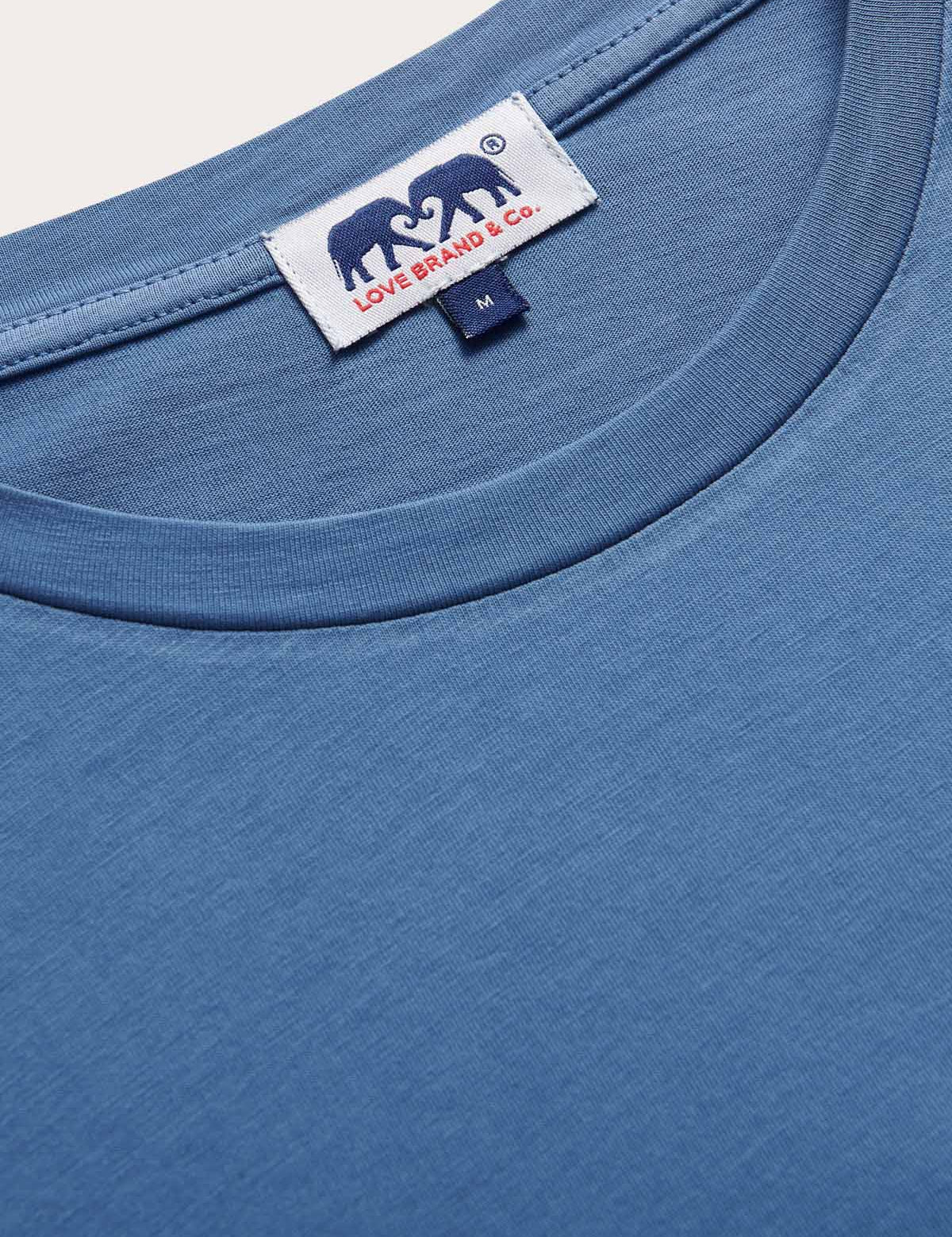THE EVOLUTION OF THE T-SHIRT: FROM HUMBLE BEGINNINGS TO ICONIC STYLE
The T-shirt, a staple in almost every wardrobe today, has a rich history that spans centuries. From its humble origins as an undergarment to its status as a fashion statement, the T-shirt has undergone a remarkable transformation. In this article, we'll take a journey through time to explore how the T-shirt first came into existence, evolved, and ultimately became an iconic piece of clothing.
The Birth of the T-Shirt
The T-shirt, as we know it today, can trace its roots back to the 19th century. It was originally designed as an undergarment for men, serving as a comfortable alternative to the button-up shirts of the time. These early versions were typically made of wool or silk, offering a lightweight and breathable option for men.
The term "T-shirt" itself is derived from its shape, resembling the letter "T" when laid flat. These garments had a simple design with short sleeves and a crew neckline. They were primarily worn as underwear, hidden beneath more formal clothing.

From Undergarment to Icon
The T-shirt's journey from undergarment to fashion icon began in the early 20th century. It gained popularity among laborers, especially those working in agriculture, due to its practicality and comfort. It was during World War II that the T-shirt started to become more visible and accepted as casual outerwear. American soldiers, stationed in hot and humid locations, often wore T-shirts as part of their uniform, introducing them to a wider audience.
Pop culture played a significant role in propelling the T-shirt into the fashion spotlight. In the 1950s, icons like Marlon Brando and James Dean were seen sporting plain white T-shirts in popular films, cementing the garment's place in youth culture. The T-shirt had officially transitioned from a utilitarian undergarment to a symbol of rebellion and individualism.
The 1960s and 1970s saw the T-shirt become a canvas for self-expression. The rise of screen printing allowed for intricate designs, slogans, and graphics to adorn T-shirts, reflecting the political and social movements of the era. Band merchandise, tie-dye, and iconic logos became synonymous with T-shirt fashion.
The Iconic T-Shirt Today
Today, the T-shirt stands as an iconic piece of clothing that transcends age, gender, and cultural boundaries. Its versatility is unmatched, as it can be dressed up or down, worn in various settings, and paired with nearly anything. The T-shirt has evolved to cater to different preferences and lifestyles, including those seeking sustainable and eco-friendly options.
At Love Brand, our T-shirts aren't just garments; they're statements. We've chosen soft German weave cotton for our iconic tees, ensuring unmatched comfort and shape retention. But that's not all – it's also an eco-conscious choice. When you wear Love Brand, you make a statement for style, comfort, and sustainability.


